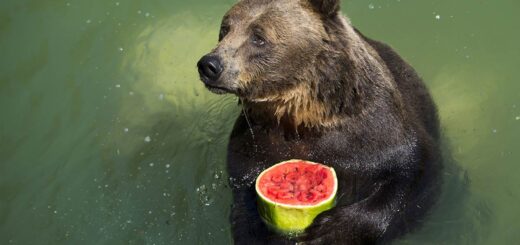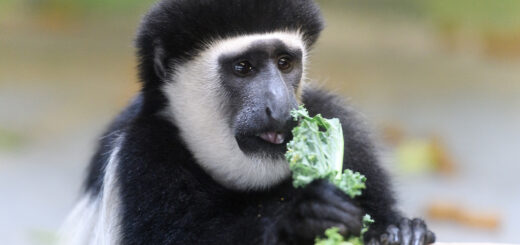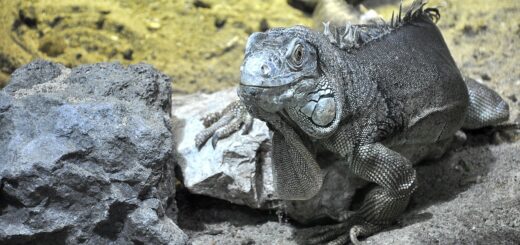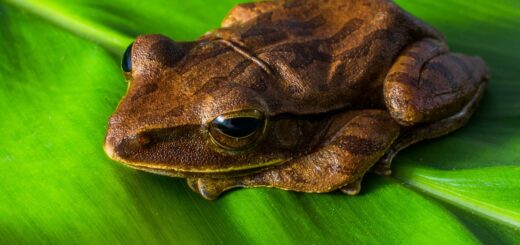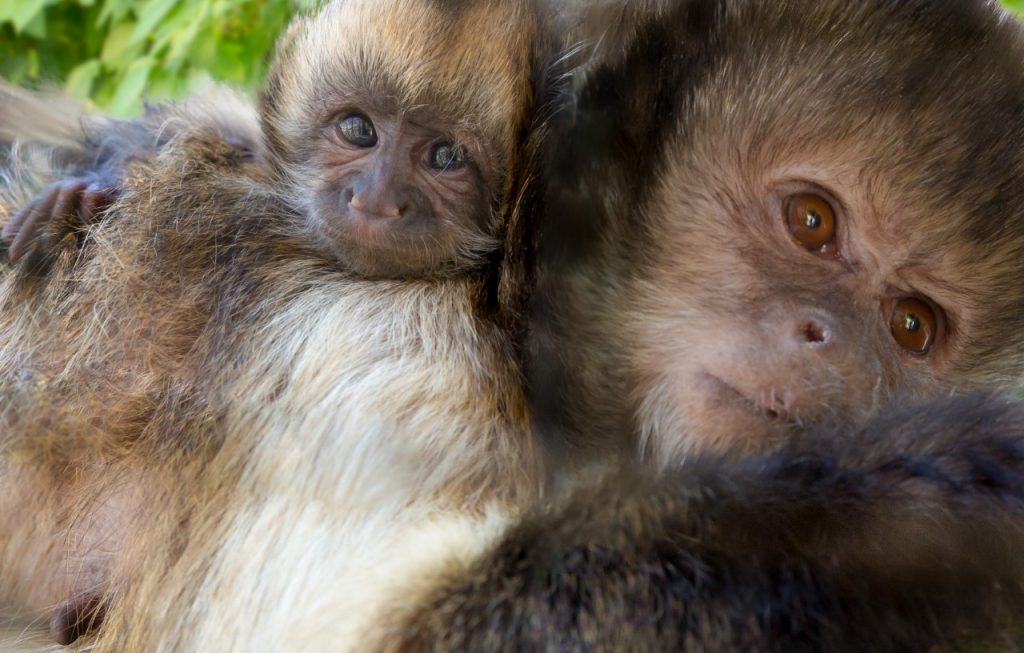An Evaluation of the Nutritional Adequacy of the Feeding Program of the Black-Footed Ferret (Mustela nigripis) at the Metropolitan Toronto Zoo
Citation
S.E. Oyarzun, K. Self, E. V. Valdes, E.R. Chavez. 1995 An evaluation of the nutritional adequacy of the feeding program of the Black-Footed Ferret (Mustela nigripis) at the Metropolitan Toronto Zoo. In Proceedings of the First Conference on Zoo and Wildlife Nutrition, AZA Nutrition Advisory Group, Scarborough, OT.
Abstract
Experimental data or performance record of black-footed ferret (BFF) in captivity is needed to evaluate nutrient levels or adequacy of feeding programs carried out with this endangered species. Diets fed to BFF in three places were compared: Metropolitan Toronto Zoo (MTZ), Sybille Wildlife Research Center (SWRC) and at Omaha’s Henry Doorly Zoo (OHDZ). Some reference will be made to prairie dogs (Pd), the primary feed source in the wilderness. Both the GE and the estimated ME values were significantly higher for the MTZ diet compared to the others. Thus, additional fat as recommended by SWRC was considered unnecessary. The high level (5.97% DM) of PUFA in the MTZ diet most likely requires higher vitamin E levels that the 86 IU/kg found in it. Vitamin E in the OHDZ diet was lower and data from the SWRC diet on vitamins was missing. In contrast, the OHDZ contained exaggerated vitamin A levels, about 6- fold the amount found in the MTZ diet. The protein content was found similar in all diets and was above the average 42.5% protein/DM found in Pd. The amino acid profile of the MTZ diet appeared to be adequate. The three diets reviewed seemed to be too high in Ca and the MTZ diet was perhaps too low in P. Overall, an excess of trace minerals was found particularly Fe. Though empirical, it seems some adjustment in the nutrient content of the BFF’s diet would be recommended.
 Black Footed Ferrets Diets at MTZ.pdf 777 KB
Black Footed Ferrets Diets at MTZ.pdf 777 KB


